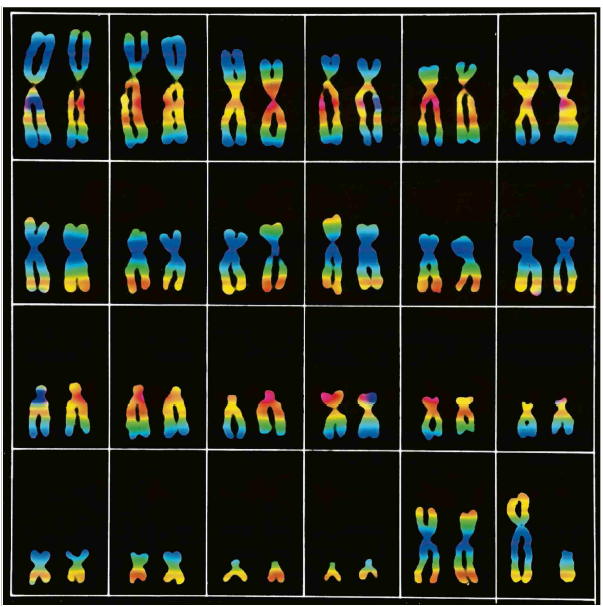2023
News list
-

Publication of 01/12/2023
Sphingolipids (SL) represent a structurally diverse class of lipids that are central to cellular physiology and neuronal development and function. Read this publication in the Journal of Lipid Research
-

Swiss-Korean Life Science Symposium
UZH researchers Anita Rauch and Michael Baudis were invited to the 2023 Swiss-Korean Life Science Symposium, a testament to their impactful work in genetics and personalized healthcare.
-

On Thursday 5th of October 2023 our company outing will take place and the institute will be closed.
NOTICE:
On 05/10/2023 our company outing will take place and the institute will be closed.
The institute phone will not be answered that day and your emails cannot be answered.
Registrations or inquiries will be processed again from 6th October 2023. -
A computational framework for the inference of protein complex remodeling from whole-proteome measurements.
Protein complexes are responsible for the enactment of most cellular functions. For the protein complex to form and function, its subunits often need to be present at defined quantitative ratios.
Read this publication in Nature Methods.
-

Exploring endometriosis: a surprisingly common disease
Summary:
- Endometriosis is a common chronic inflammatory disease affecting one in ten menstruating women.
- Symptoms include painful menstruation, fatigue and infertility, which impacts day-to-day life, personal relationships and work productivity.
- Diagnosis can be a long and tricky process, but improvements made in imaging technology could reduce invasive diagnostic procedures.
- Treatment options include hormonal birth control as medication, other hormone treatment and surgery. -

Now the man is also decoded (Article in German)
Das Y-Chromosom gibt viele Rätsel auf, nun konnte man es erstmals komplett lesen. Mit Genetikerin Anita Rauch.
-

KBG Syndrome Article
Deep phenotyping of the neuroimaging and skeletal features in KBG syndrome: a study of 53 patients and review of the literature
-

Fresh in:
Perspectives of Swiss Paediatric Health Care Professionals on Factors Influencing Physical Activity Participation in Children with Disabilities
-

Latest Publication now online
PhenoScore quantifies phenotypic variation for rare genetic diseases by combining facial analysis with other clinical features using a machine-learning framework
-

New Publication
Elucidating the clinical and molecular spectrum of SMARCC2-associated NDD in a cohort of 65 affected individuals
-

Latest Publication now online
Biallelic MED27 variants lead to variable ponto-cerebello-lental degeneration with movement disorders
-
